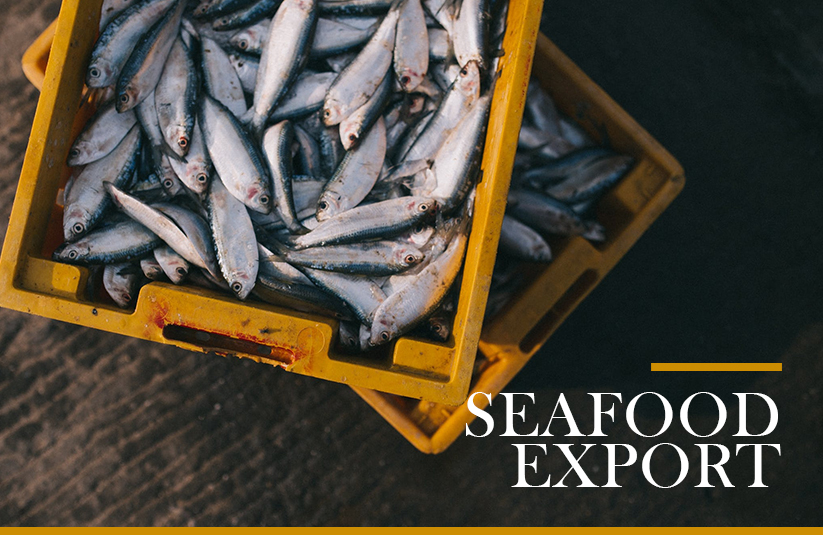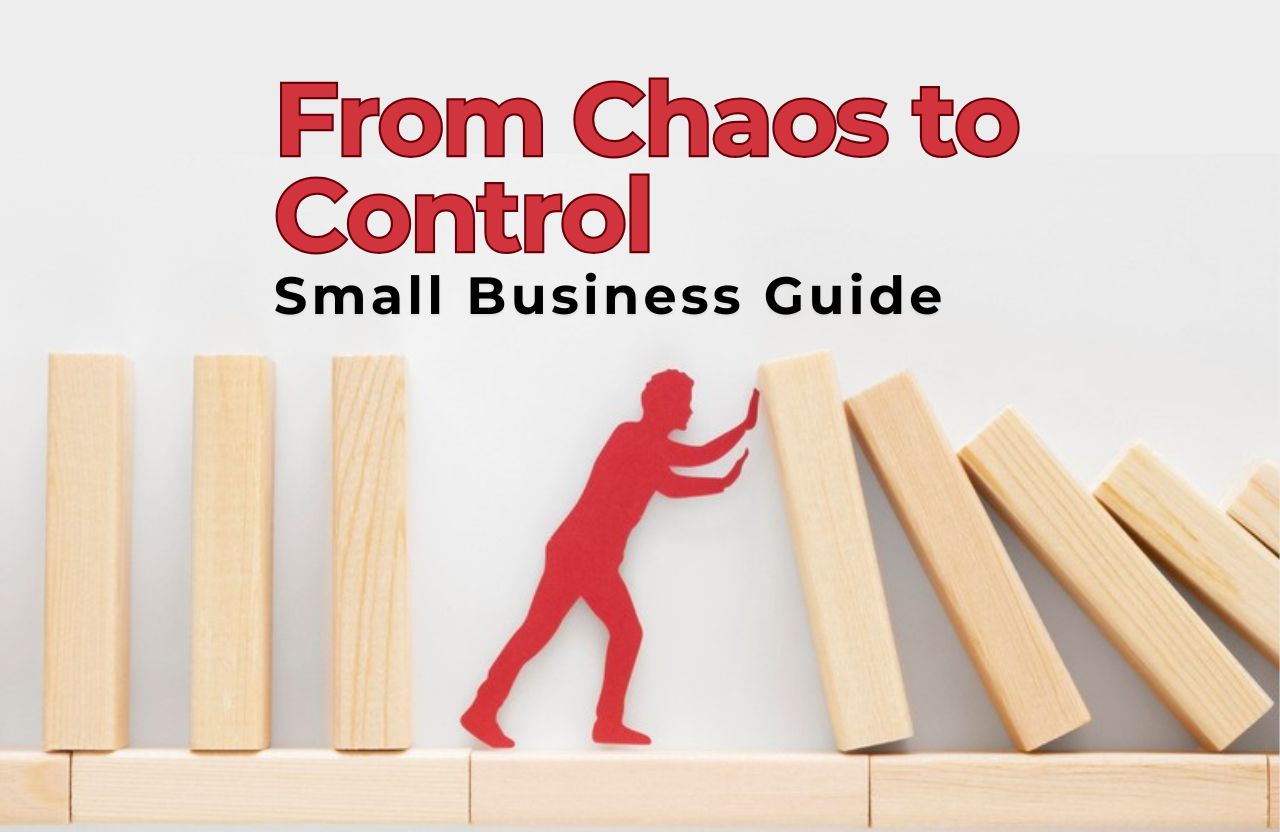Seafood Export – Business Plan
What is Export?
Seafood Business export means shipping of goods from the port of one country to the port of another country. The sender of goods and services is called the exporter and the overseas-based buyer is referred to as the importer. The goods and services which are to be imported or exported can range from a wide variety of utilities from small tools to heavy machinery, from raw materials to finished products, from clothes to food. Read the basics of Export here.
This particular article focuses on exporting seafood. There is a great diversity of seafood ranging from fishes like Bombay duck, pomfret, etc., roe such as lumpfish roe, shad roe, etc., shellfish like crayfish, lobster, oysters, and many more; and echinoderms such as sea cucumber and sea urchin.
1. Requirements for Exporting Seafood
If you are opting for a business venture in exporting seafood, you will have to obtain official assurances or export certificates. It is important to comply with Overseas Market Access Requirements (OMARs), which are specific to each destination country and meeting General Requirements for Export (GREX).
Seafood products are subjected to strict licensing rules in general. Once you avail yourself of a license, you must meet the export requirements of destination countries which also require labeling of foods containing allergenic substances.
Labeling is recommended especially for seafood that contains abalone, cuttlefish, salmon roe, shrimp, crab, salmon, and mackerel as raw materials.
Apart from labeling, every country has certain general principles—inspection testing and other regulatory processes—to ensure compliance.
2. Exporting with Safety
Good hygienic practices in handling and transportation of seafood is a pre-requisite and ample refrigeration throughout these processes should be maintained. The “Hazard Analysis Critical Control Point” (HACCP)is a system to ensure food safety and quality. This system has gained worldwide recognition as it is the most cost-effective and reliable system available.
It is based on the identification of risks, minimizing those risks through the design and layout of the physical environment in which high standards of hygiene can be assured; it sets measurable standards and establishes monitoring systems.
HACCP is a competent flexible system that can be successfully applied at all the critical stages—from harvesting until the time it reaches the consumer.
The exporter must ensure that their food handling, processing, and transportation facilities fulfill the requisite standards. Assuring high standards for quality and safety is good economics, minimizing losses that result from spoilage, damage to trade and from illness among its consumers.
3. Exporting Seafood in India
India is blessed with a vast coastline spread well over four thousand miles. According to the Food and Agriculture Organisation report of 2011, India’s total fishery production is about 8.88 million tons from both capture and aquaculture. India’s seafood industry is becoming one of the largest suppliers of quality seafood to all the major markets of the world. India has world-class seafood processing plants that follow quality control regimes in adherence to stringent international regulatory requirements.
With the growing demand for Indian seafood products across the world, the dynamics of the seafood business in India is changing at a rapid pace.
DOWNLOAD Seafood Business Plan
There is tremendous growth in the resources and infrastructure of the Indian seafood industry today and has proven to be a highly profitable venture.
Contact our Business consultants for more about Seafood Export.














I have read somewhere similar point of view and I totally agree with what you said. However, there are also some other things could be mentioned on this topic, but overall I like what you described.
In this website there is also a lot of interesting and useful information:
Thanks for your feedback
Hello, where do you find such especially good info, I`ll post your blog page on my Twitter account
Greetings from Ourbusinessladder!
Thanks for your comment.
Good information. I previousally to spend alot of my time sailing and watching sports. It was probably the most memorable time of my past and your info kind of brought back me of that time. Thanks
Greetings from Ourbusinessladder!
Thanks for your comment.
This is an appealing post by the way. I am going to go ahead and save this article for my brother to check out later on tomorrow. Keep up the high-quality work.
I just got out of sleep and I’m already reading your blog. It signifies something! Really useful blog. Thank you!
Greetings from Ourbusinessladder!
Thanks for your comment.